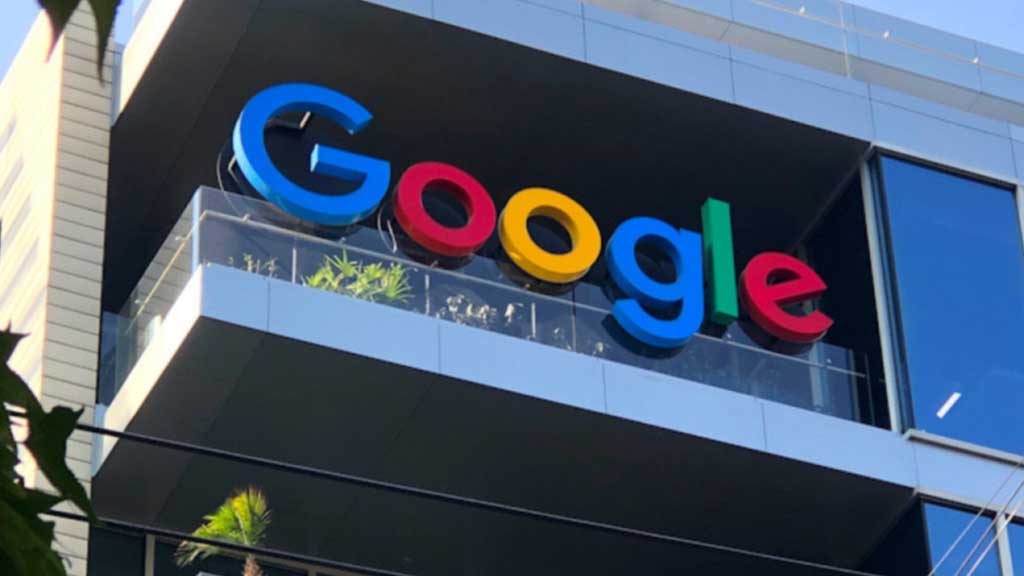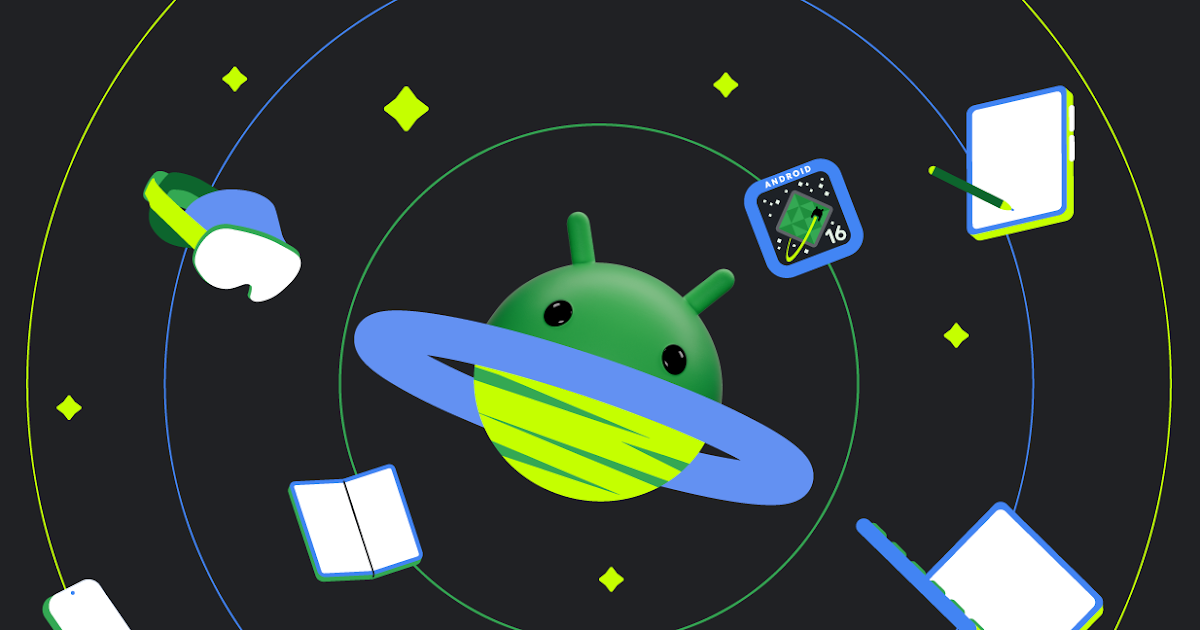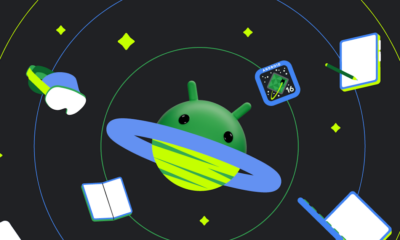Google’s Pixel Weather App adds AI reports and precipitation map

Top 3 Key Points:
- AI Weather Insights: The new Pixel Weather app uses AI to provide personalized weather reports.
- Interactive Precipitation Map: A new feature that shows real-time precipitation forecasts.
- Customizable Interface: Users can rearrange weather data cards and sync locations across devices.
Google has revamped its weather experience with the introduction of the Pixel Weather app, available starting with the Pixel 9 series. Unlike previous versions, this app operates independently of the Google Search app, offering a more tailored and immersive experience.
The Pixel Weather app’s interface prominently displays the current temperature for your location, with details on weather conditions, “Feels like” temperature, and daily highs and lows. The background images change to match the location, showcasing iconic landmarks like the Golden Gate Bridge in San Francisco or the Statue of Liberty in New York.
A standout feature of the new app is the “AI Weather Report,” powered by Google’s Gemini Nanotechnology. These AI-generated reports provide insightful weather updates throughout the day, such as advice on carrying an umbrella for rainy conditions or warnings about high UV levels during a sunny morning.
Users will also appreciate the carousel that displays hourly and 10-day forecasts, allowing for a quick glance at upcoming weather patterns. A significant new addition is the Precipitation map, which shows the expected rainfall or snowfall in your area over the next few hours.
Beyond these features, the app offers customizable weather data cards that include information on Precipitation, Wind, Sunrise & Sunset times, UV Index, Air Quality, Visibility, Humidity, and Pressure. These cards, along with the 10-day forecast, can be rearranged according to your preferences. On devices like the Pixel 9 Pro Fold, the app uses a dual-column layout for an enhanced viewing experience.
The main screen of the app keeps track of your current location and any saved locations, which are synced to your Google Account for easy access across multiple devices. Additional features include evening notifications with an overview of the next day’s weather and alerts for upcoming precipitation.
Google’s Pixel Weather app is a significant upgrade, bringing more interactive and intelligent weather forecasting to its users.
Android
Android 16 brings simpler app controls

Google is working on Android 16, and it’s set to make managing apps easier than ever. A new feature spotted in the latest test version lets you tweak app settings right from the app’s info page. This means less digging through menus to change how an app works on your phone.
In the current Android setup, if you want to adjust things like permissions or notifications, you often have to jump between different screens. It’s not hard, but it can feel like a chore. With Android 16, everything you need—permissions, data use, and more—will be in one spot. For example, you could quickly turn off an app’s access to your camera or check how much battery it’s eating up, all without leaving that page.
This change comes from something called “App Settings Panels,” which Google is testing now. It’s not live for everyone yet, but it’s a sign of what’s coming. The idea is to save you time and make your phone feel smoother to use. Imagine opening an app’s info and seeing all the key options laid out simply—no extra taps needed.
There’s more good news: Android 16 might roll out sooner than usual. Some rumors say Google could drop it as early as June 2025, instead of the typical fall release. That’s because they’re speeding up how they build and test updates. Of course, this is still in the works, so the exact date could shift.
For anyone who loves keeping their phone just right, this update looks like a win. Fewer steps to control apps mean less hassle and more time enjoying your device. Keep an eye out—Android 16 could change how you handle your apps for the better!
Pixel 9’s new call notes feature: Share Your Call Transcripts Easily
Google’s Pixel 9 is bringing a handy tool called Call Notes, spotted in a recent app update analysis. This feature records phone calls and turns them into text, making it simple to save or share what was said. It’s part of the Google Phone app and could be a game-changer for users who need to keep track of conversations.
With Call Notes, you can create a written version of your call and send it to others via apps like Messages or email. The transcripts might also sync with the Notes app for easy access later. Screenshots from the update show options like “Share transcript” and “Save call note,” proving how user-friendly it is.
This tool seems perfect for people who want to review talks or share details without replaying the whole call. However, it’s still in testing, so not everyone can use it yet. The Pixel 9, set to launch soon, might roll this out fully. For now, it’s an exciting peek at how Google is making call management simpler and smarter.
Pixel 10 and Pixel 10 Pro Fold camera secrets revealed
Google’s Pixel 10 is coming with some exciting camera upgrades! Leaked details show it’ll have a powerful 50MP main camera that takes super clear and bright photos, even in low light. The phone will also feature a 48MP zoom lens, letting you capture faraway objects with amazing detail. Plus, there’s a 12MP wide-angle camera for snapping big group shots or stunning landscapes.
The front camera is getting a boost too, jumping to 12MP for sharper selfies and video calls. Google is adding smart software tricks, like better face focus and smoother video recording, to make your pictures and clips look professional. The camera system will also handle tricky lighting better, so your shots stay colorful and balanced.
Unlike older models, the Pixel 10 won’t have a big camera bump—everything fits neatly into the phone’s sleek design. These upgrades show Google’s focus on making photography easy and fun for everyone. Whether you’re a casual snapper or a photo lover, the Pixel 10’s camera sounds like a winner. Stay tuned for more leaks as the launch gets closer!
-

 Apps1 year ago
Apps1 year agoGboard Proofread feature will support selected text
-

 News1 year ago
News1 year agoSamsung USA crafting One UI 6.1.1
-

 News1 year ago
News1 year agoBreaking: Samsung Galaxy S22 may get Galaxy AI features
-

 News1 year ago
News1 year agoSamsung Galaxy S23 Ultra with One UI 6.1 and all S24 AI features revealed
-

 News1 year ago
News1 year agoOne UI 6.1 Auracast (Bluetooth LE Audio) feature coming to many Samsung phones
-

 News1 year ago
News1 year agoSatellite SOS feature coming to Google Pixel phones, evidence leaked
-

 Apps11 months ago
Apps11 months agoGoogle’s fancy new Weather app is finally available for more Android phones
-

 News1 year ago
News1 year agoGoogle Pixel evolves as Europe’s third best selling flagship






